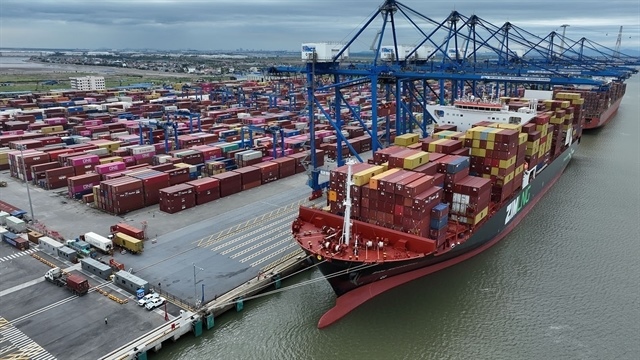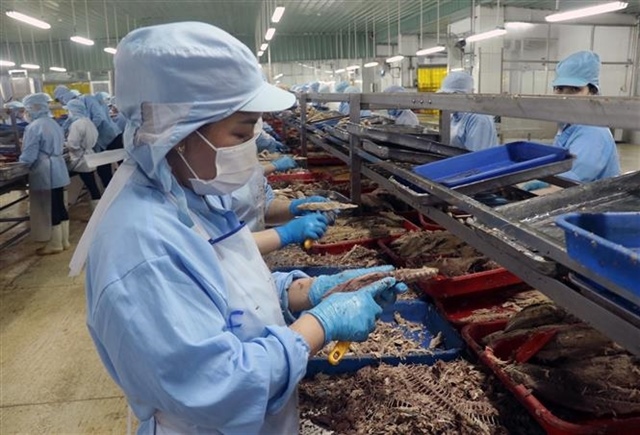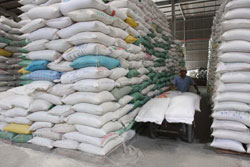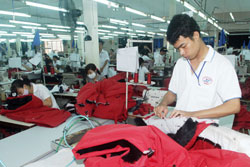Merchandise trading floors flutter
Merchandise trading floors flutter
The fledgling merchandise trading floors in Vietnam, which have been operating for two or three years, have been very gloomy with sporadic investors who join the floors just to listen to the news.
VNX was established in September 2010, while the first transactions were made in March 2011. However, to date, only the future contracts of three merchandise categories – coffee, rubber and steel – have been listed.
A report of VNX shows that in the first quarter of 2012, the total contracted transaction volume was 12,000 lots only with the trading value of 530 billion dong. The figures were 93,000 lots and 7300 billion dong in the whole year 2011. Most of the transactions were in the coffee sector, while there were few rubber transactions and nearly no steel transactions.
By March 2012, the trading floor’s members had opened 1981 accounts at the trading floors. The investors are mostly individuals who join the floor mainly to explore the market. Tran Duy Phuong, General Director of VNX, has also admitted that the trading floor is experiencing difficult days with limited number of investors. Therefore, most of the transactions have been made among individual investors, while the trading floor has not attracted institutional investors.
The Buon Ma Thuot Coffee Trading Floor BCEC was allowed by the government to carry out coffee forward transactions in a trial basis for one year, commencing from March 2011. A report of BCEC showed that from March 2011 to December 2011, the total trading volume of the trading floor was 7000 lots only, valued at 600 billion dong.
The government has just allowed BCEC to extend the trial operation period until the end of 2012. However, the center is facing big difficulties, when domestic enterprises do not intend to make transactions here, while coffee growers do have confidence on the floor.
The Son Tin Merchandise Trading Floor STE belonging to Sacombank on Nam Ky Khoi Nghia Street in district 3, HCM City, has also been gloomy. STE’s Director Phan Vu Hung said the trading floor has not been taking loss over the last three years like others, but the profit is too low.
Also according to Hung, 250,000 tons of steel was traded on STE in 2010, 180,000 tons in 2011. Especially, the trading floor was very gloomy in the first four months of the year with only 80,000 tons traded. Meanwhile, the fertilizer trading volume was inconsiderable.
Problems exist
Investors now still turn their back to trading floors, which is considered the main reason behind the poor business performance here. Besides, trading floors are facing a lot of big challenges caused by legal regulations.
Pham Dinh Thuong, Deputy Director of the Legal Department of the Ministry of Industry and Trade, has admitted that too many problems have been existing which has hindered the development.
For example, the current regulations stipulate that the total trading volume of goods on the floors must not exceed 50 percent of the total output of the merchandise made in Vietnam in the previous year. The trading volume limit of one member must not be higher than 10 percent of the above said total trading volume limit.
Phuong said that VNX has requested the government to offer tax incentives to the enterprises to join the derivatives merchandise trading floors.
“I think we should attract foreign investors, because this would help improve the liquidity and the diversification of the trading activities via the floor,” Phuong said.
vietnamnet





















